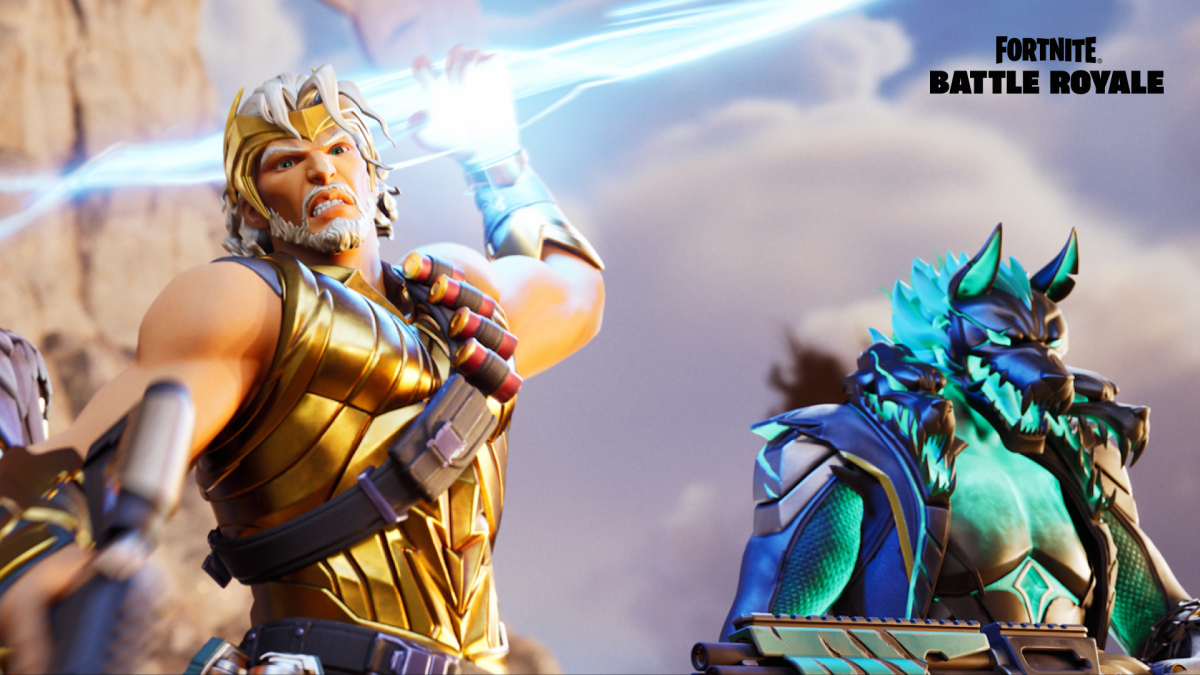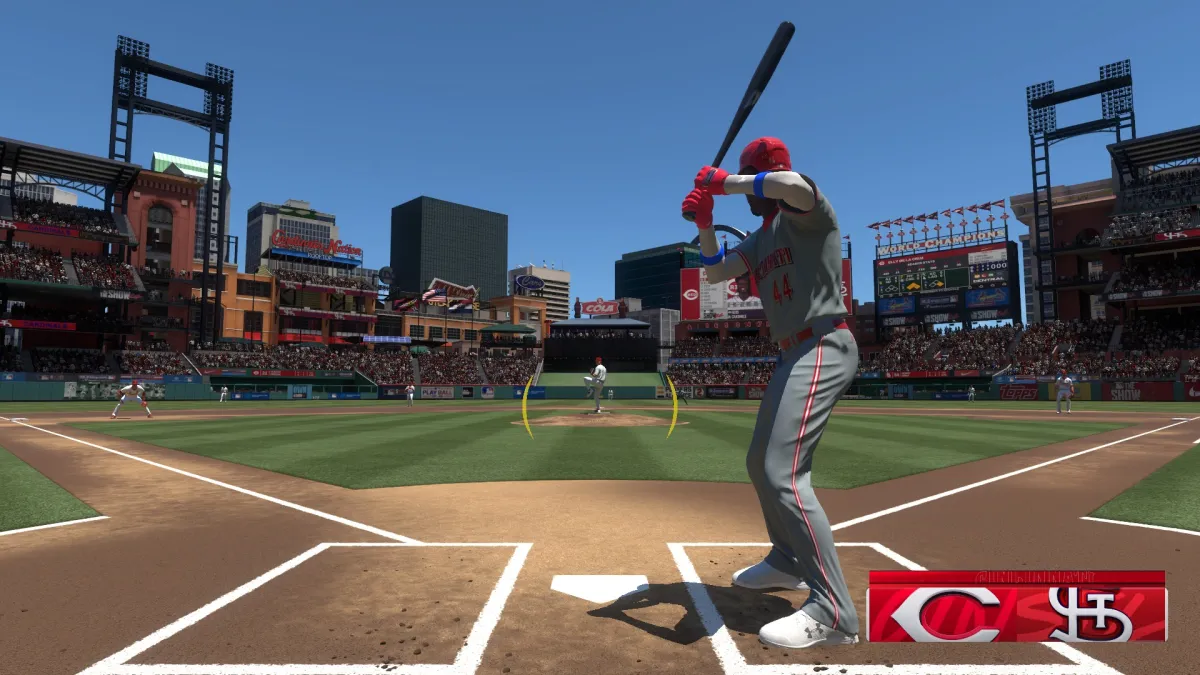Videogames are fantastic achievements of science: a library’s worth of meticulously crafted code, impossibly small circuits wired to create a virtually infinite architecture, vast amounts of data etched into plastic disks with precision light years beyond that of a master craftsman. A videogame of any era represents the best of that day’s science and technology. Without art, however, you’re left with a high-tech light and noise machine; all sound and fury, signifying nothing. Truly great games, like all great works of art, have a spirit; the piece of its creator that he wanted to share with the world. This force can be so powerful, it can in turn inspire others to share the artist’s vision through the lens of their own minds.
These visions of videogame worlds both seen and unseen are collected at a specific address: the gallery of Lifemeter Comics. Lifemeter houses a repository of videogame-inspired fan art where quality takes precedence over quantity.
Built on a LiveJournal framework, visitors can see the latest art updates on a homepage and can join a community of members that leave comments and critiques. The archived artwork on Lifemeter is classified in two ways: the Comics Gallery that features short strips of game characters in an array of situations from humorous to tragic, and the Lifemeter Art Gallery, which contains dozens of pin-ups in a range of art styles from ink and pen to watercolors to computer generated images. Each work is “signed” by the artist, who also provides a link to his previous work.
I recently had the chance to sit down with the site’s three founders, Zack Giallongo, Dave Roman and Stephanie Yue, to discuss Lifemeter and its place in gaming culture.
The Escapist: First, thanks for taking the time to sit down with us. Let’s start at the beginning. What was the genesis of Lifemeter? What was your inspiration?
Lifemeter Comics: Lifemeter evolved out of conversations we had during comics and anime conventions. We were remarking on the rise of nostalgia [for classic games] in modern videogaming culture, from people wearing Mario and Zelda shirts to full blown cosplayers dressing up as their favorite characters. We then began to create sample art for our artist’s alley tables, while finding out that many young, struggling artists have sketchbooks full of videogame character art done from the memory of a childhood spent playing videogames. … There had been no place [where] all game characters were collected before Lifemeter.
TE: A lot of the art on the site concerns the earliest days of gaming. What is it about the 8-bit characters that makes them popular to draw?
LC: The early 8-bit characters were all sprites, and for the most part, were half-formed ideas. The interpretation of [those characters] involved a lot more imagination, as their videogame worlds weren’t that fleshed out, so you have to fill in the details. It’s interesting how different it can be from person to person.
TE: So is it all driven by nostalgia?
LC: It’s primarily driven by nostalgia, but there are some modern games that display a unique visual style; for instance, Jet Grind Radio or Shadow of the Colossus.
TE: What are some of the other “art-house” style games that inspire contributors?
LC: Katamari Damacy, PaRappa the Rapper, Animal Crossing, but it’s not limited to niche games. Yoshi’s Island and Paper Mario also generate a lot of work. The characters in the more mainstream games inspire a lot of artists both old and young, since some have grown up with them, while others are experiencing the classic gameplay for the first time and enjoying just the same experience we did when we were young.
TE: Who do you feel you cater to?
LC: We don’t have a real target audience, but we try to avoid anything explicit.
TE: Are you trying to create a family atmosphere, or are you avoiding trouble?
LC: Art on Lifemeter is supposed to have the impression that this stuff [the art and comics] could actually happen to the characters, which is why we reject submissions, for instance, [of] Mario trying to score cocaine off of a Goomba, and we’ve gotten plenty of those. We try to keep it in the game world, since there is a lot of that kind of stuff out there already; parody, slash-fic or other adult content.
If we included that stuff, we’d have to be more particular about whom we allow visiting the site. [We] like to think that videogames are for everyone. There are specific games for adults only, and they are becoming more and more popular, but for the most part, videogames appeal to both kids and adults, and [we] like the idea that all ages can visit the site.
TE: What makes Lifemeter different from large artistic community sites like deviantART or a Yahoo group?
LC: We are editorial about it. The people who submit [art] are generally professionals, and there is an expectation of quality of what gets [posted] on the site. It’s not a sketch blog or a message board. We need the art to tell a story or have a really strong voice. … Originality goes a long way.
TE: What about legal issues? Any cease and desist letters so far?
LC: Surprisingly none, yet. … We didn’t want to upset copyright holders or jeopardize our professional careers … [Surprisingly,] the reaction so far has been very positive. We never expected … Nintendo Power to not only [approve of us] but to give us a recommendation. They told their readers to check the site out. They were one of the first magazines to call us and ask if they could write about [us]. We’ve found that the creators of the games get excited about [the art] in the same way that we do, and they understand that we are celebrating them and not exploiting them or parodying them. If anything, we are helping people remember games they haven’t played in years, and maybe getting them to go out of buy them again. It’s almost as if we are an advertisement for gaming itself.
TE: What about the future, will a higher profile bring problems with copyrights and licenses?
LC: We actually hope that the only letters we get are offers for freelance work from publishers, but if we were to receive [cease and deist letters,] we would take it on a case by case basis. If Konami knocked on the door and said they don’t want and Metal Gear fan art, since they are publishing their own Metal Gear Solid comic, we would oblige, since they are being specific and polite about it. But it would take a real assault from the major publishers, Nintendo, Capcom, Sega and others, to really shut us down, but that would be the best advertising of all: “Industry rallies to shut down fan art site!”
[We] can’t imagine anyone coming after, for example, Adventure, which could even be in the public domain by now … I can’t imagine anyone getting really upset about it. It’s just a drawing, and it’s not like we are making money off it. [We] can’t imagine that we are any kind of competition.TE: Tell us about the publishing of the Lifemeter mini-comic.
LC: We wanted something that people could hold in their hand. As great as the internet is, sometimes you want something you can touch and hold and look at in front of you.
We debated about [charging for it,] … [and] whether or not we [wanted] to make any sort of profit. For the most part, the comics are self made, photocopied and stapled ourselves. We’re not sure the money we may have made on the minis has even covered the cost of site maintenance. If we make a little money back, it kind of balances out; if we lose money, we can’t do [Lifemeter] at all.
TE: Where do you see Lifemeter in five years?
LC: Still existing [laughter]! The most realistic goal would be a collection of work, an actual book for sale that’s approved by the copyright owners. Also, in a less tangible way, we would like to see people involved with Lifemeter get hired by [gaming companies] to do a story for them. A lot of these games have backgrounds that don’t really get played out, and there might be room for people to flesh the games out, so [we’d] like to see Lifemeter helping artists that way.
[We] hope we are helping to raise the consciousness of people about the connection between art and videogames. The idea of videogames as art is still relatively new, but there is still a lot more that can be done for the medium so it doesn’t bastardize itself by appealing to the lowest common denominator. Gaming culture is worth celebrating.Seth Robison has been working in and around the videogame industry for over a decade. He is currently the head writer on gamertransit.com and the videogame columnist for comics101.com. Contact Seth at [email protected].


